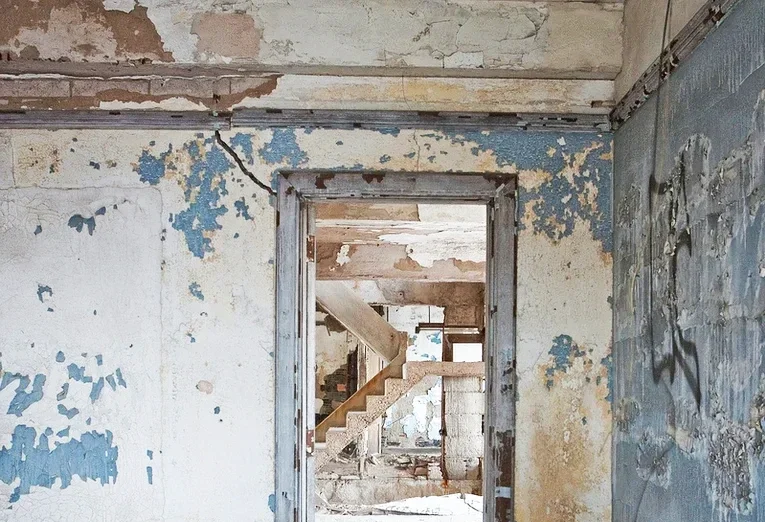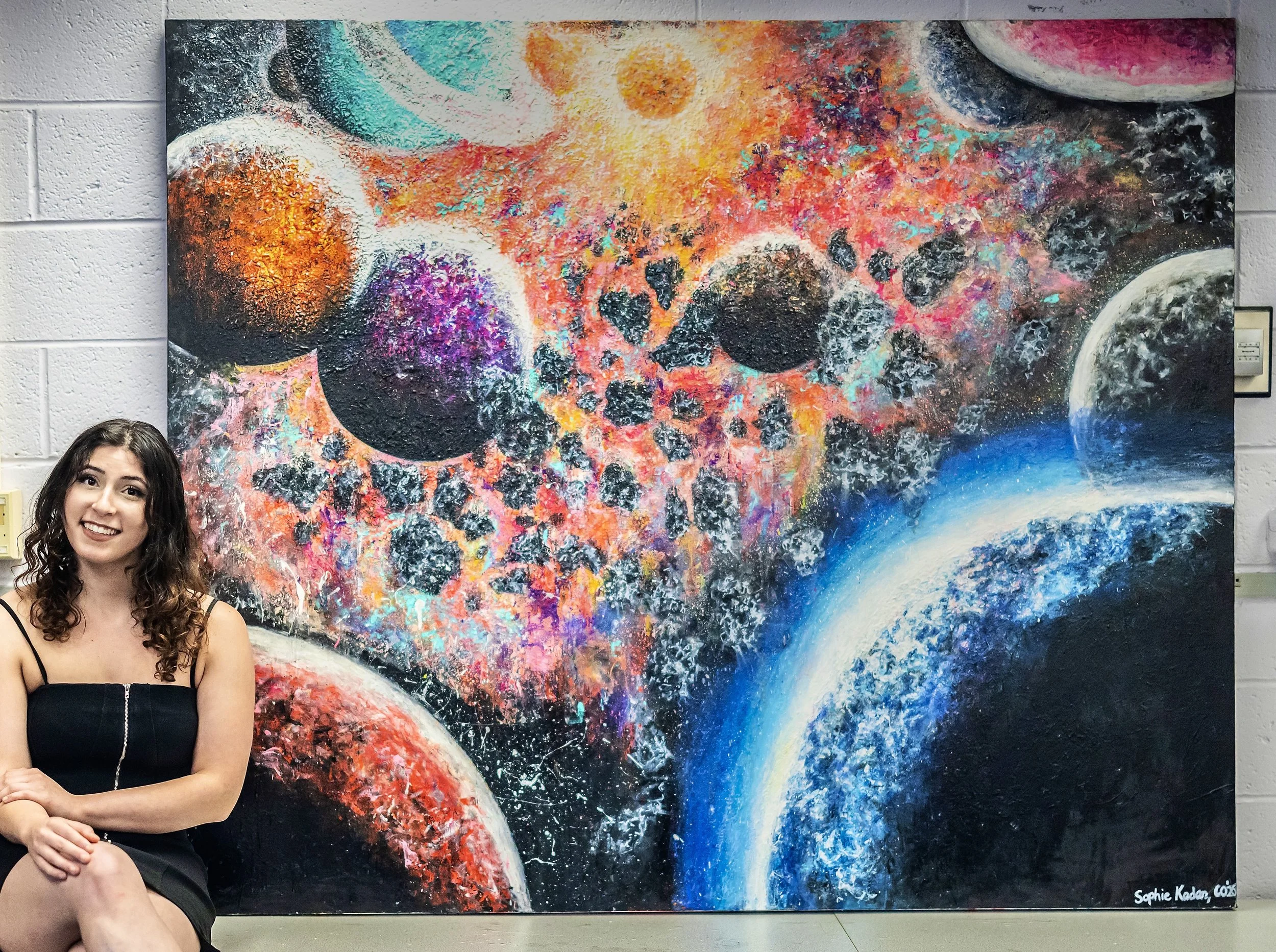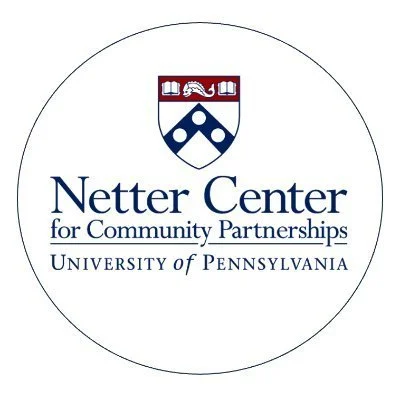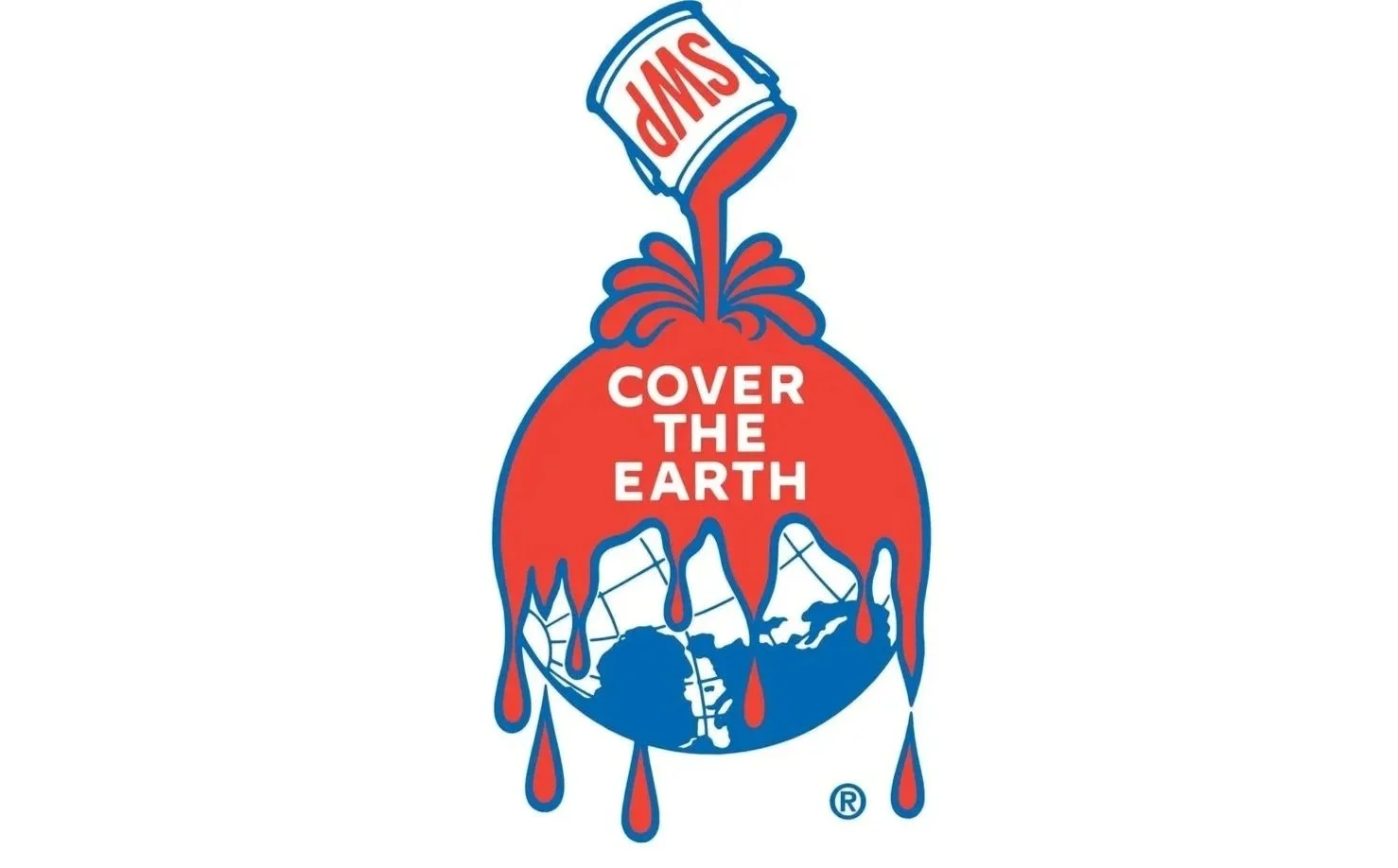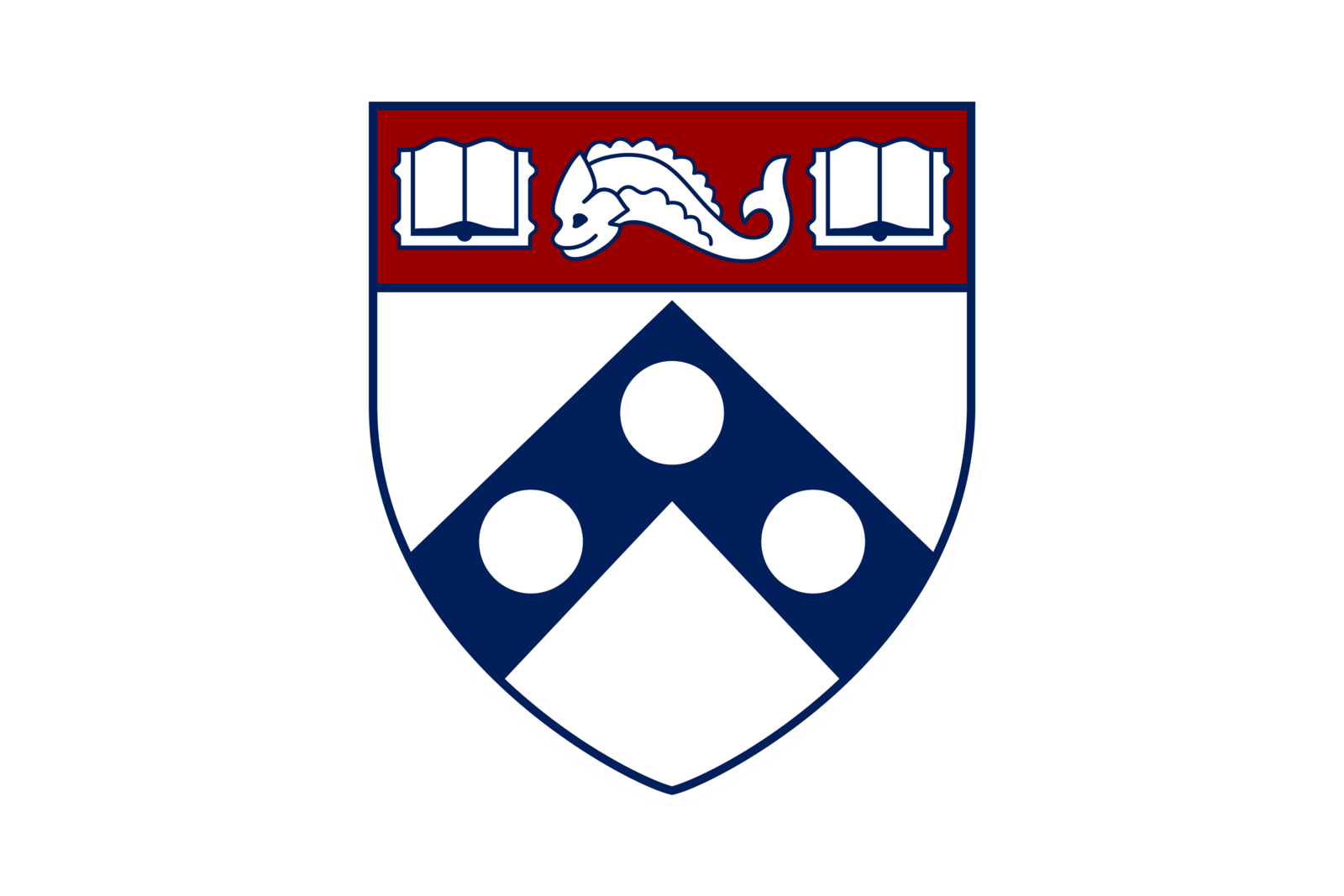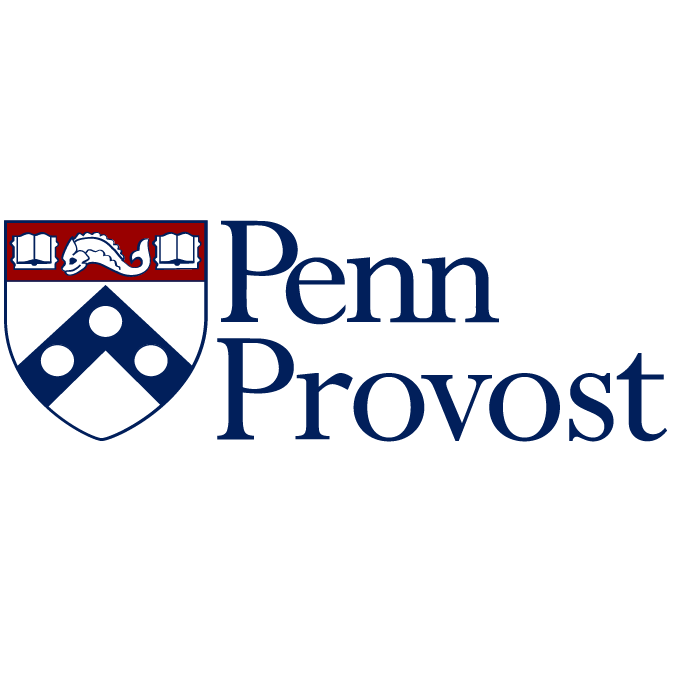Underused Walls =
Underused Potential
Surface:
Our Mural Platform
Introducing large murals and public installations in overlooked and underutilized areas of Philly schools, neighborhoods, and universities. Installations have been made in locations including the Penn Weingarten Center, Penn Dental School, Penn David Rittenhouse Laboratory, and Comegys Elementary.
About Us
Surface began with a single painting in an unused physics lounge at the University of Pennsylvania. That small act—color on a forgotten wall—changed how the space was used overnight. People stayed longer, studied there, took photos.
From that moment, the mission was clear: to make it easy for anyone to transform their environment through art.
Surface turns that idea into infrastructure, creating a repeatable, legal, and community-driven way to activate public walls. What started as one room has grown into a city-wide network connecting artists, property owners, and schools.
Urban Problems
VACANT FACADES
15–20% of city walls sit unused or visibly decaying|
$3,500–$10,000 in lost property value per building each year.
COMMUNITY DISENGAGEMENT
Only 1 in 20 residents feels they can influence local public space.
Vacant environments correlate with 25% higher crime and 9% lower property values.
GRAFFITI & TAGGING
Over 31,000 incidents reported in Philadelphia in 2024 alone.
$4B+ spent annually by U.S. cities on graffiti removal.
SCHOOL INFRASTRUCTURE GAP
68% of public schools lack murals or dedicated creative programs.
Students in art-rich schools show 2× higher engagement and 12% improved well-being.
PUBLIC ART INEQUITY
Fewer than 3% of artists ever receive public-art commissions.
97% of creative talent has no access to legal walls.
UNMEASURED IMPACT
Cities invest in beautification without tracking results.
No unified system measures engagement, safety, or return on civic investment.
Our Approach
-

List
Property owners or schools list available walls on a live map.
-

Claim
Artists browse, claim a surface, and submit sketches for quick peer and mentor review (< 72 hrs).
-
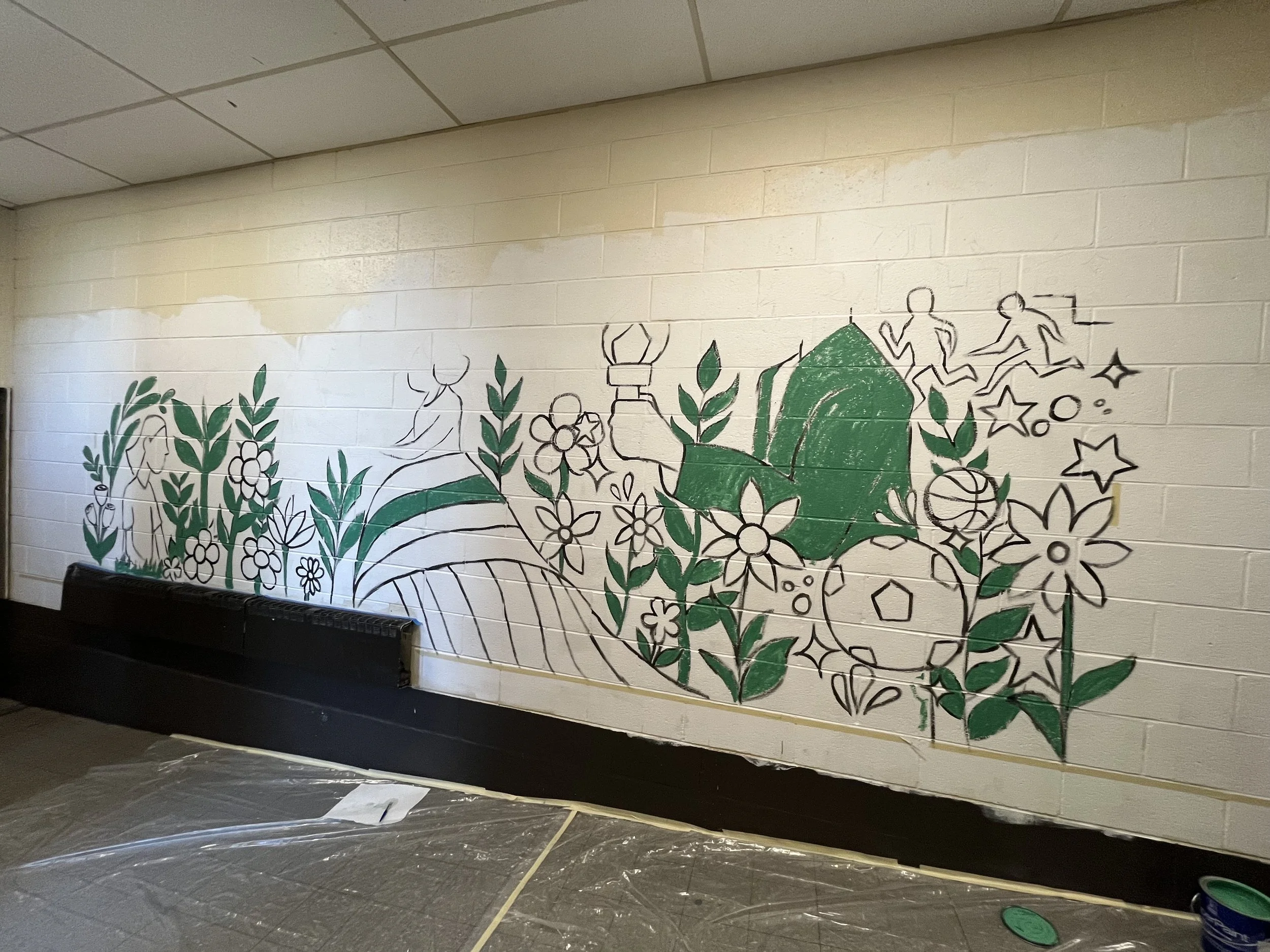
Paint
Approved artists receive install guides, safety kits, and optional paint packages.




Penn Vice Provost for Student Life
“Meeting Sophie [Surface Founder & CEO] has
been one of the joys and inspiration
of my career at Penn. I feel privileged that I met her.”
FAQs
-
Anyone.
Artists: individual creators or collectives.
Property Owners: schools, businesses, developers, landlords.
Community Partners: BIDs, city departments, universities.
Surface connects all three through a live map and rotation system.
-
Artists apply through Surface’s submission portal.
Each sketch goes through:3 peer reviews from other artists, and
1 mentor check for safety, content, and feasibility.
Approvals typically take under 72 hours. Artists are matched to walls based on style, experience, and location.
Selected artists do get paid.
Surface prioritizes fair compensation for creative labor.
Funding depends on wall size, sponsor contributions, and rotation cycles.
We also provide exposure through our digital archive and print marketplace (coming soon). -
Usually not.
Most projects operate under private-property consent, meaning written owner approval is enough.
For public or city-owned walls, Surface files a standardized Memorandum of Understanding (MOU) and insurance documentation, cutting approval times from 8–10 weeks to less than 2. -
Funding comes from a mix of:
Local Sponsors — businesses or neighbors who fund each rotation ($100–$500).
Institutions — schools, universities, or property owners commissioning permanent murals.
Grants and Partnerships — pilot funding from Penn’s Netter Center, Sherwin Williams Co., and local foundations.
In return for their contribution and service, sponsors receive:
Logo or name credit on the Surface Plaque (not the mural itself).
QR engagement analytics and photo documentation.
Brand visibility tied to measurable community impact.
Sponsorship is civic, not commercial—keeping murals legally classified as non-advertising art.
-
Reduced graffiti and vandalism (up to 41% reduction).
Increased property value (4–10%).
Lower cleanup costs (~$400/quarter).
More foot traffic and neighborhood visibility (+18%).
Data reports through the Surface Dashboard to track ROI.
Our partners
Community Interactions
Sponsored and funded by the Netter Center at the University of Pennsylvania, we’ve embarked to democratize the Philadelphia public art landscape by connecting local artists with underserved buildings across the city.




![Mural Designs [Friday group] (1).png](https://images.squarespace-cdn.com/content/v1/6661dd61f4a0184e2a4b87cc/af37e623-0bb1-40a3-8e79-04b83d8aaf5b/Mural+Designs+%5BFriday+group%5D+%281%29.png)


